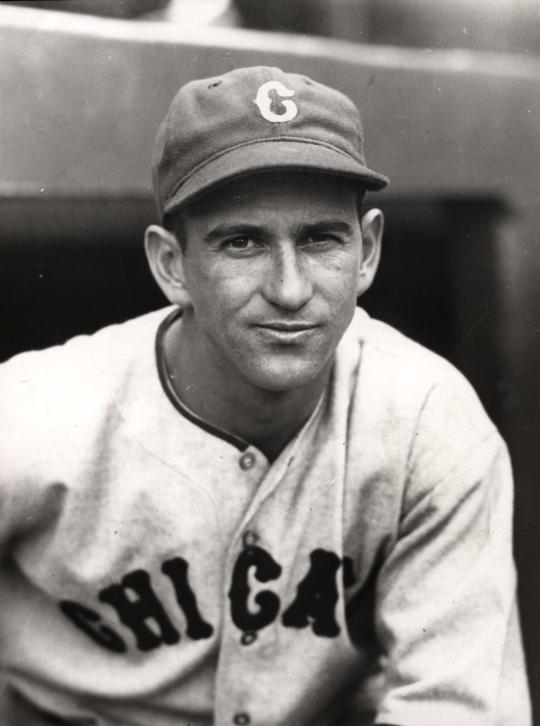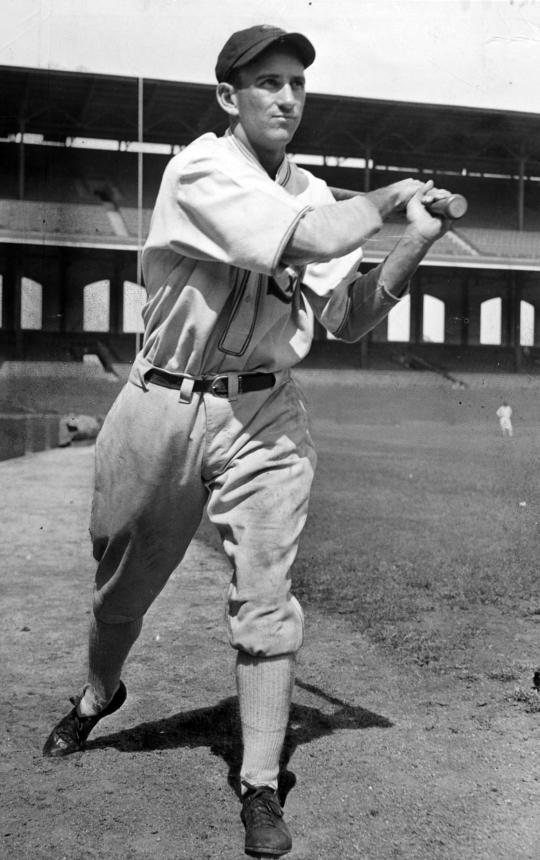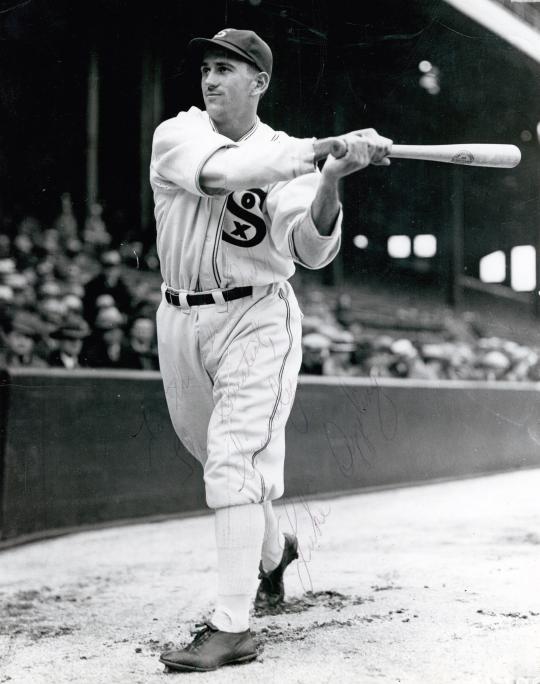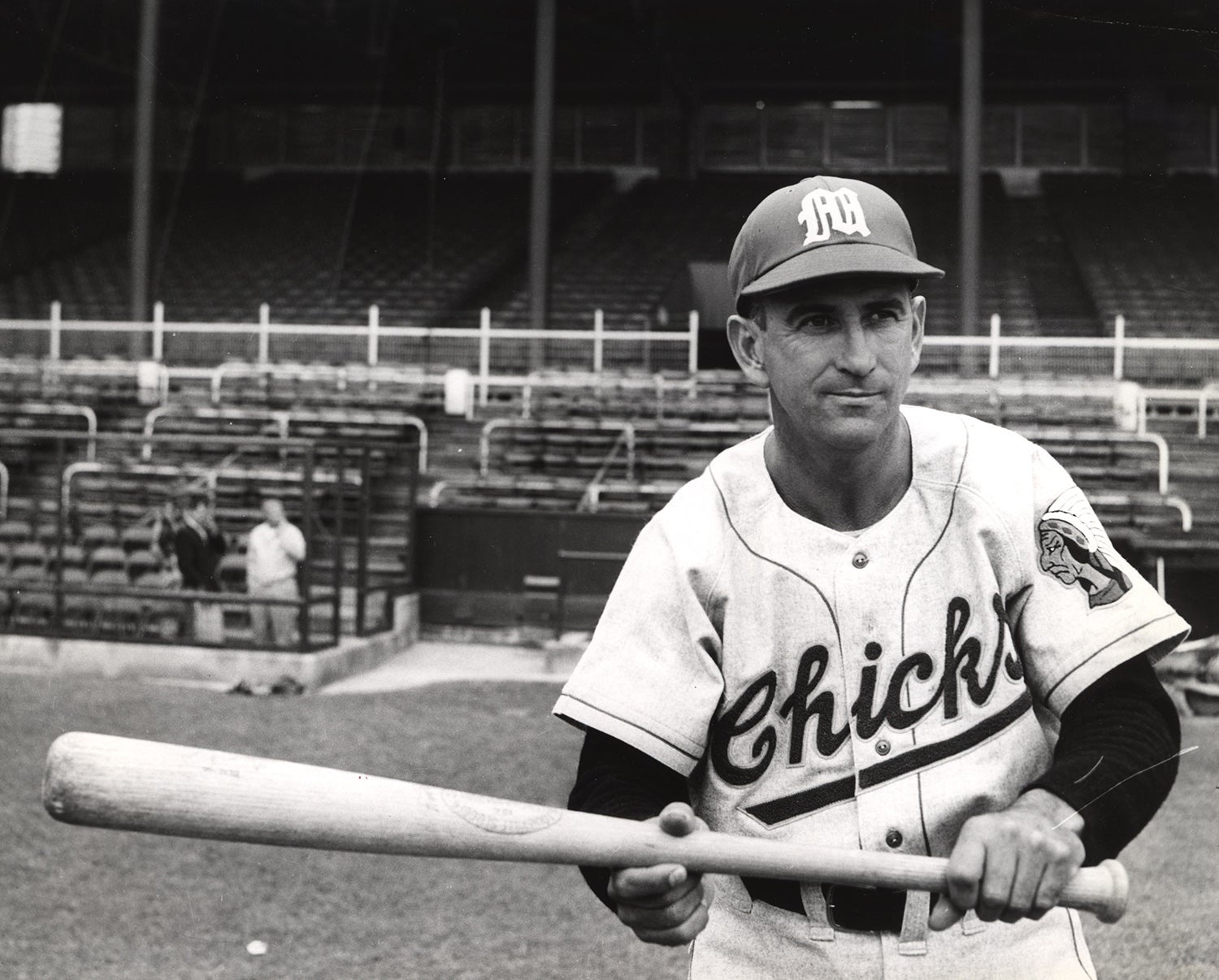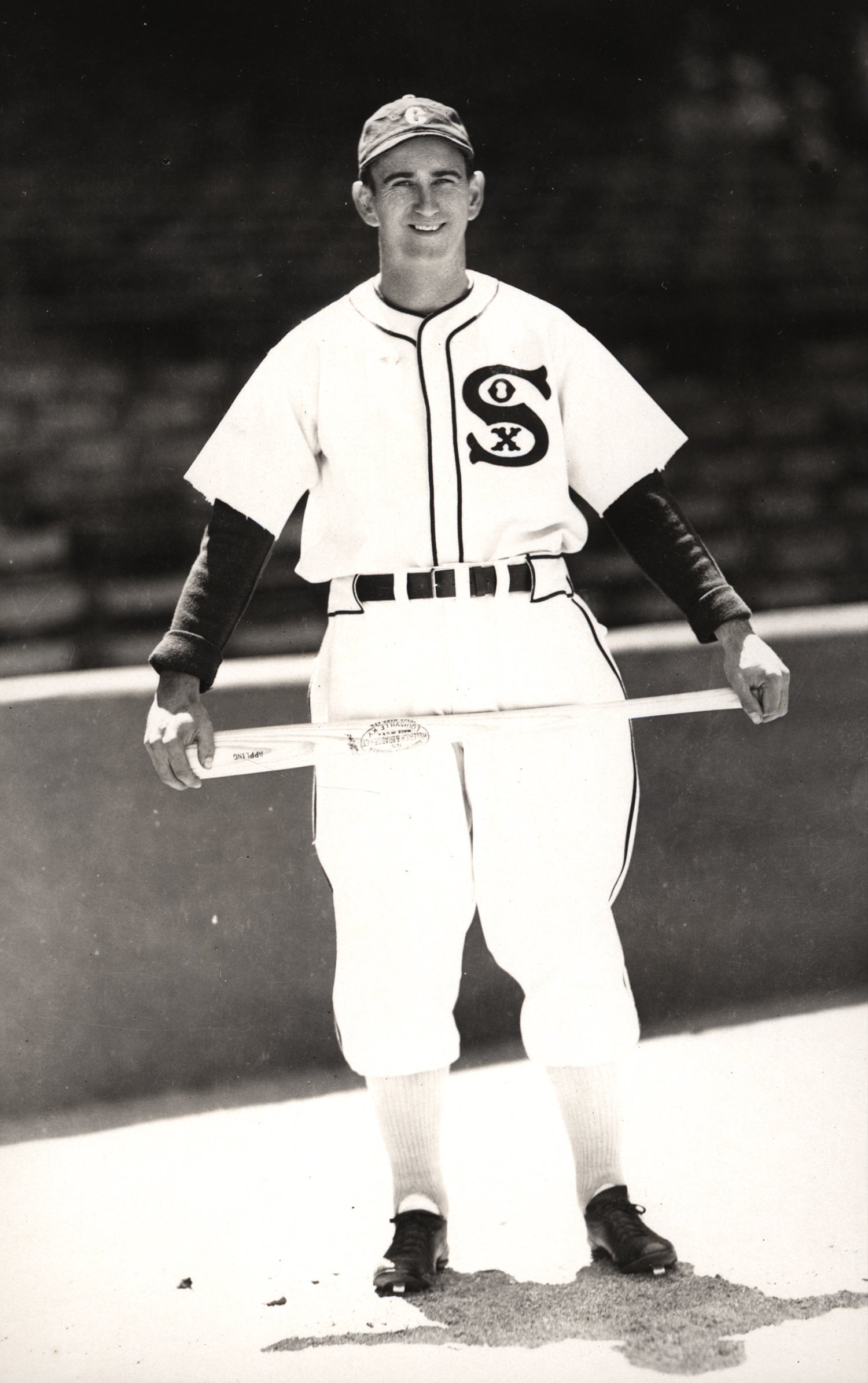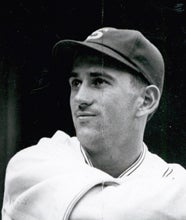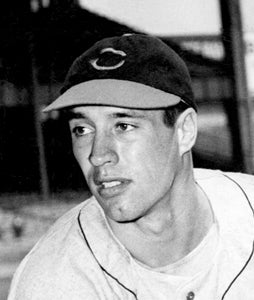- Home
- Our Stories
- Appling’s broken leg sidelines ironman shortstop
Appling’s broken leg sidelines ironman shortstop
This time, “Old Aches and Pains” really had something to complain about.
On March 27, 1938, White Sox shortstop Luke Appling fractured his right leg during an exhibition game against the Cubs at Wrigley Field in Los Angeles.
The injury delayed Appling’s season debut until June 18, and it was the second week of July before Appling returned to regular action at shortstop.
For the White Sox, it was a devastating blow that removed the 1936 American League batting champion from their roster for almost half the season.
“Luke would have had one of his best seasons in years,” said White Sox manager Jimmy Dykes. “I’m sorry for his sake, as well as the team’s sake.”
Appling’s injury occurred in the seventh inning while he was sliding into second base on a hit-and-run play.
Hall of Fame Membership
There is no simpler, and more essential, way to demonstrate your support than to sign on as a Museum Member.
When he returned to action that year, Appling hit .303 with a .392 on-base percentage in 81 games – a typical season for one of the finest shortstops of his era.
Appling, known to complain about the smallest of injuries, was nevertheless one of the game’s ironmen at shortstop. He reached the 150-game mark in six seasons and retired after the 1950 season with 2,218 games played at short – the top total at that time.
At the plate, Appling combined plate discipline with line-drive power, hitting .310 for his career while leading the AL in batting in 1936 and 1943.
His .388 average in ’36 is the top modern era mark for shortstops, and he averaged nearly three walks for every time he struck out during his career.
In Bob Feller’s Opening Day no-hitter for the Indians against the White Sox on April 16, 1940, Appling – batting fifth in the lineup – came to the plate with two outs in the ninth and fouled off repeated offerings during a 10-pitch at bat.
Appling worked a walk, but was stranded at first base when Feller retired the next hitter.
“If there was a good pitch he didn’t want, he artistically spoiled it by fouling it off,” wrote Arthur Daley in The New York Times in 1958. “Statisticians estimated that the club saved $1,400 in baseballs while (Appling was) recovering from a broken leg.”
A seven-time All-Star who twice finished second in the AL Most Valuable Player voting, Appling, played 20 big league seasons and was a regular at age 42 in 1949, hitting .301 and drawing 121 walks. Only Barry Bonds in 2007 drew more walks in one season at the same age or older.
Appling was elected to the Hall of Fame in 1964.
Craig Muder is the director of communications for the National Baseball Hall of Fame and Museum

